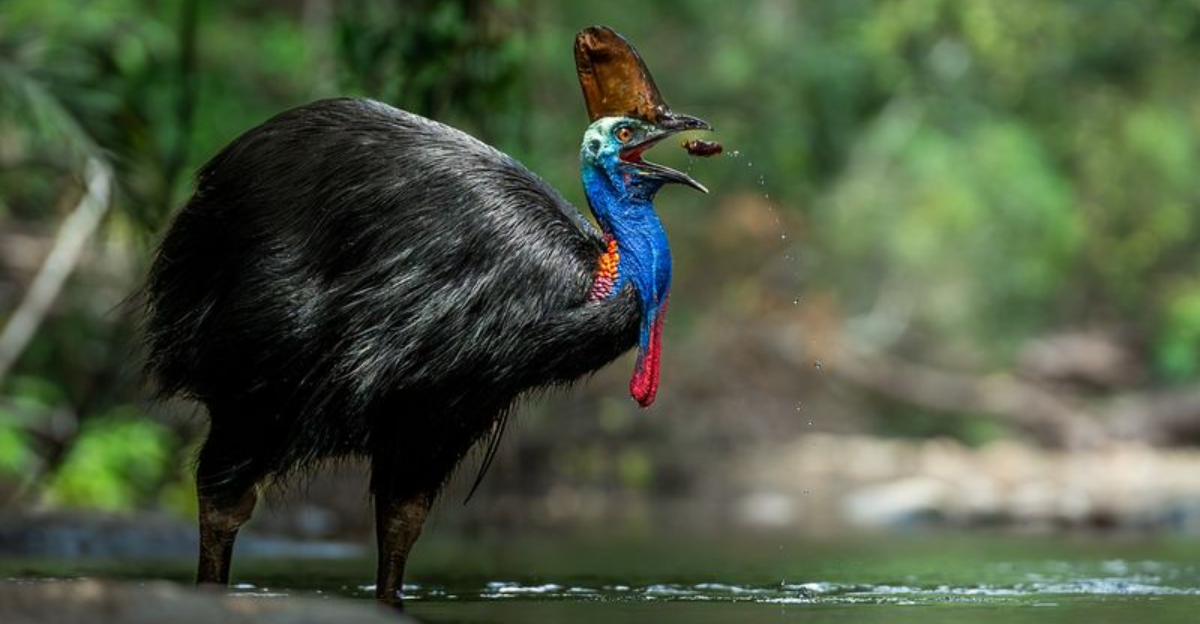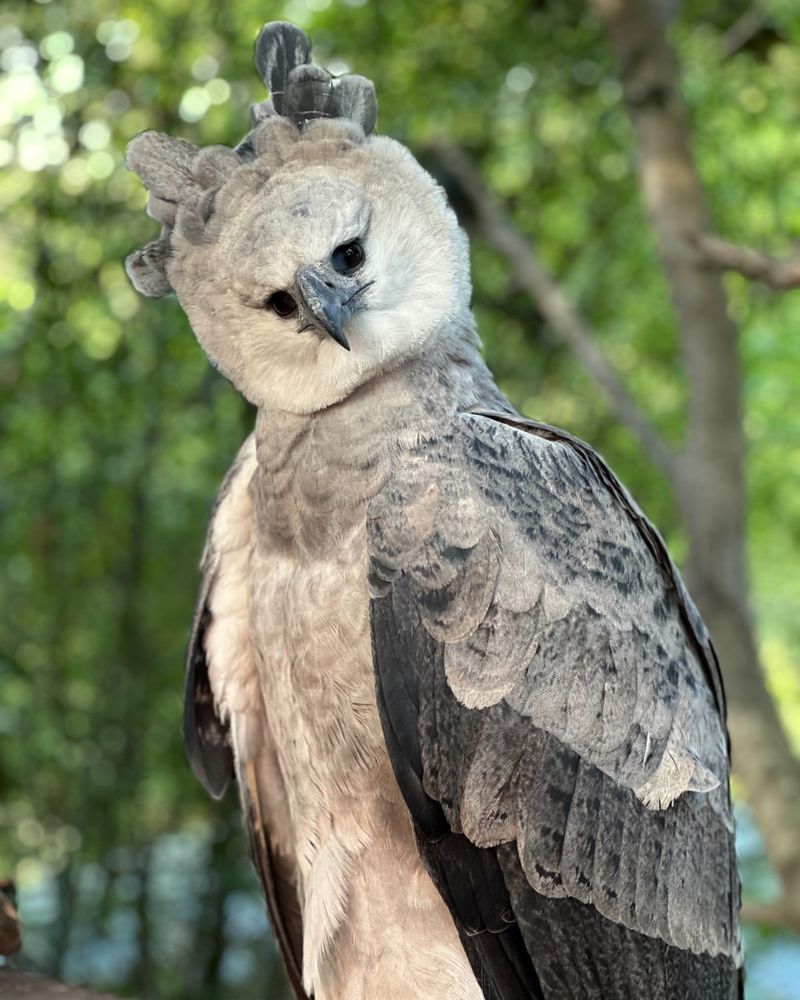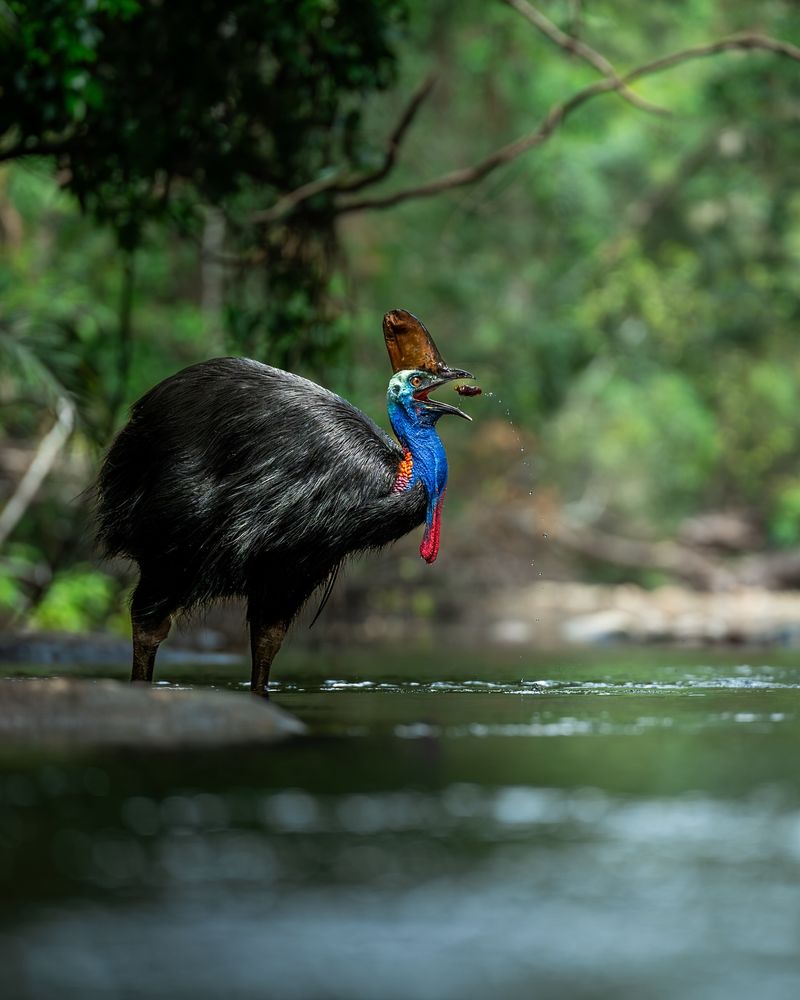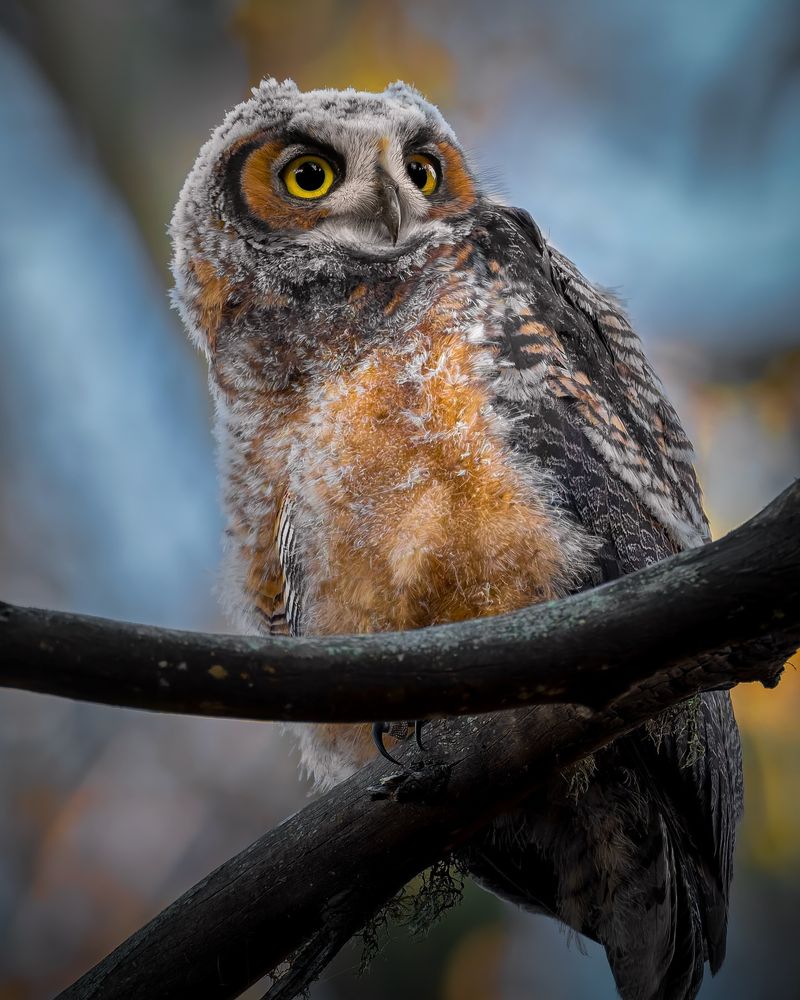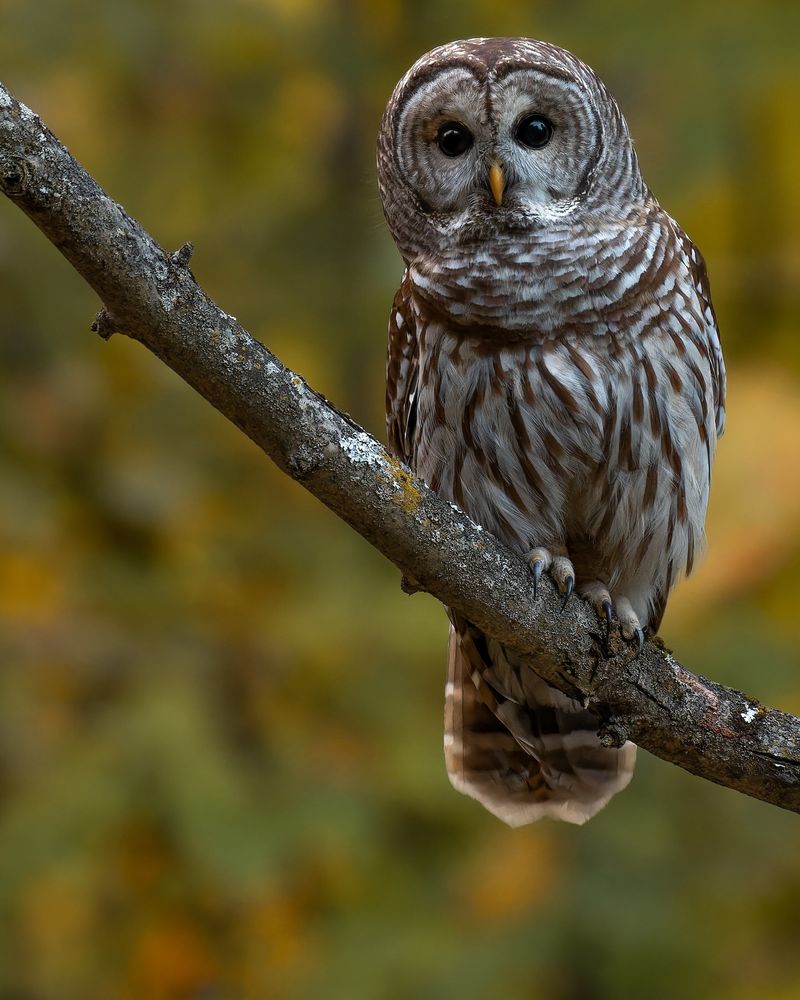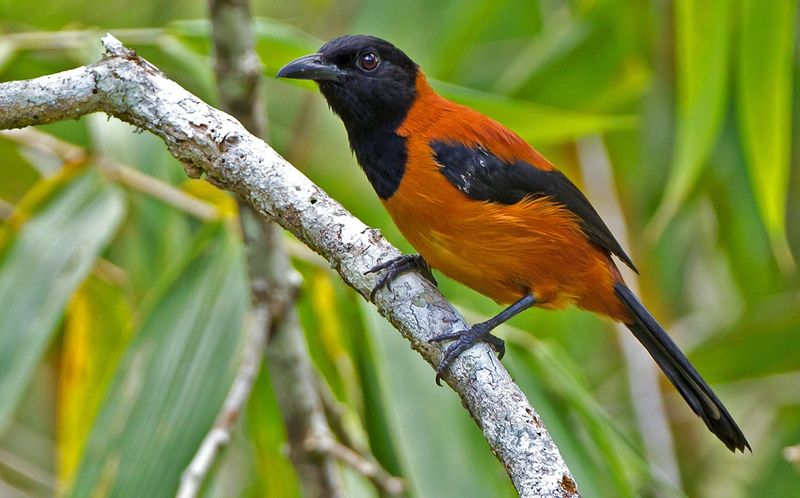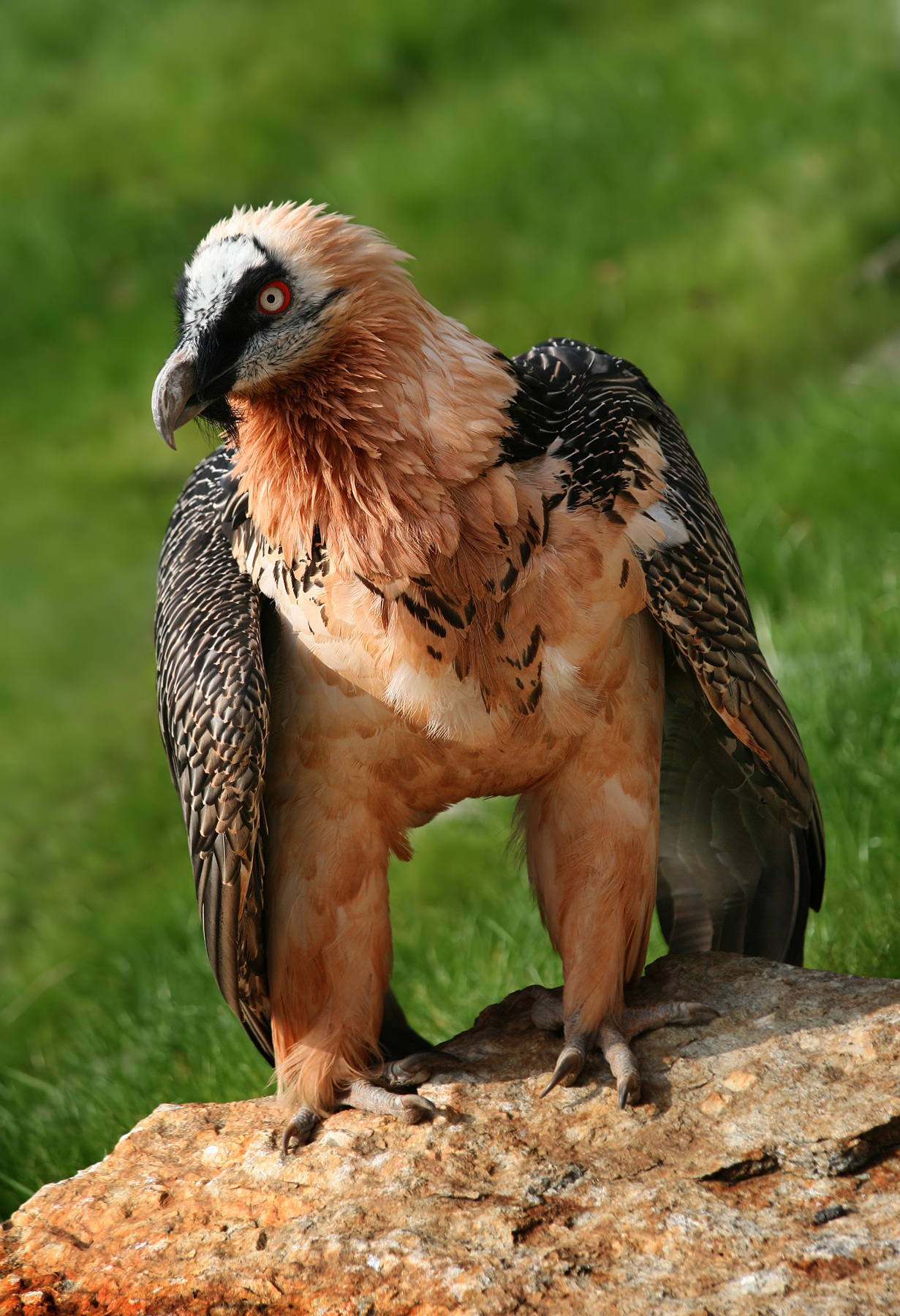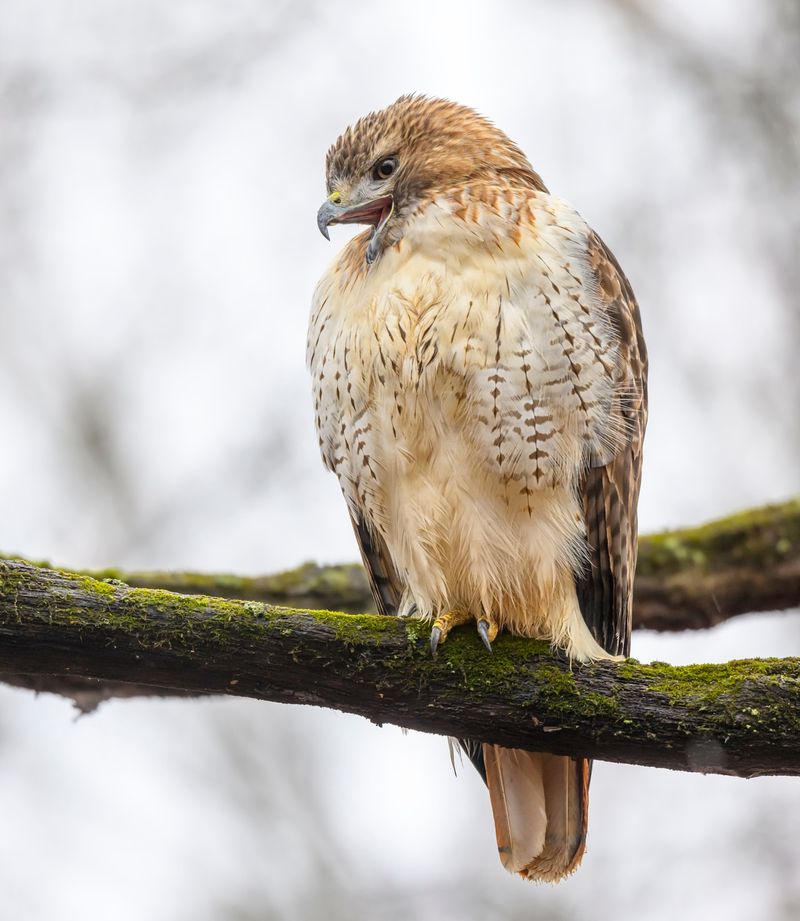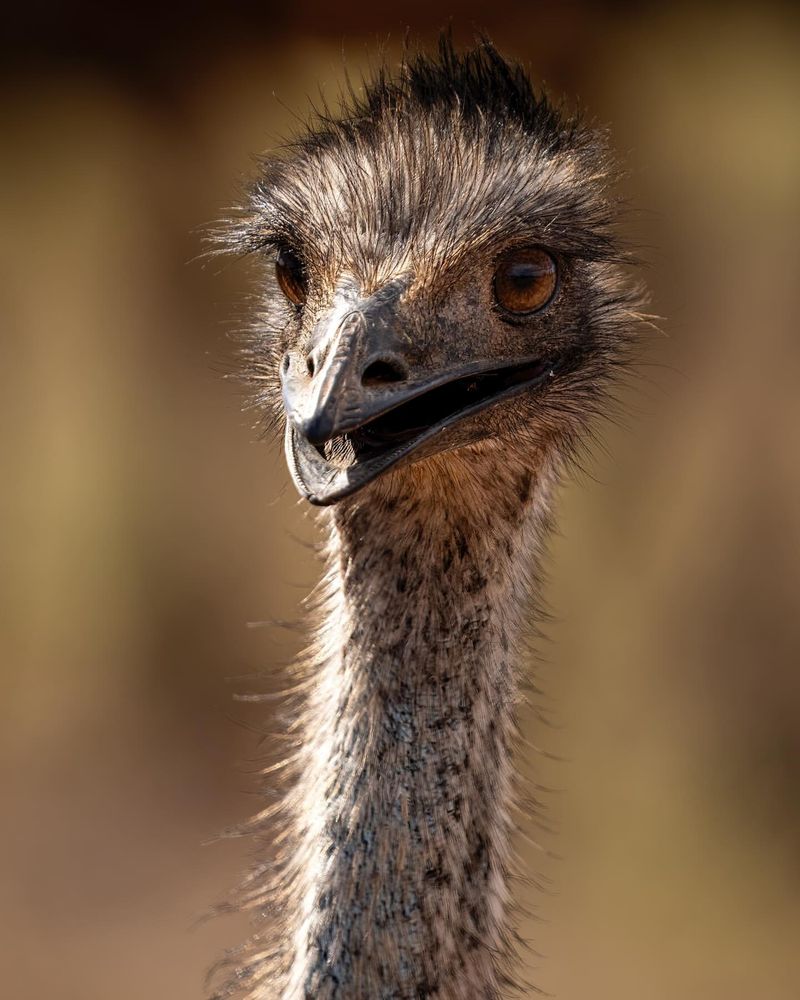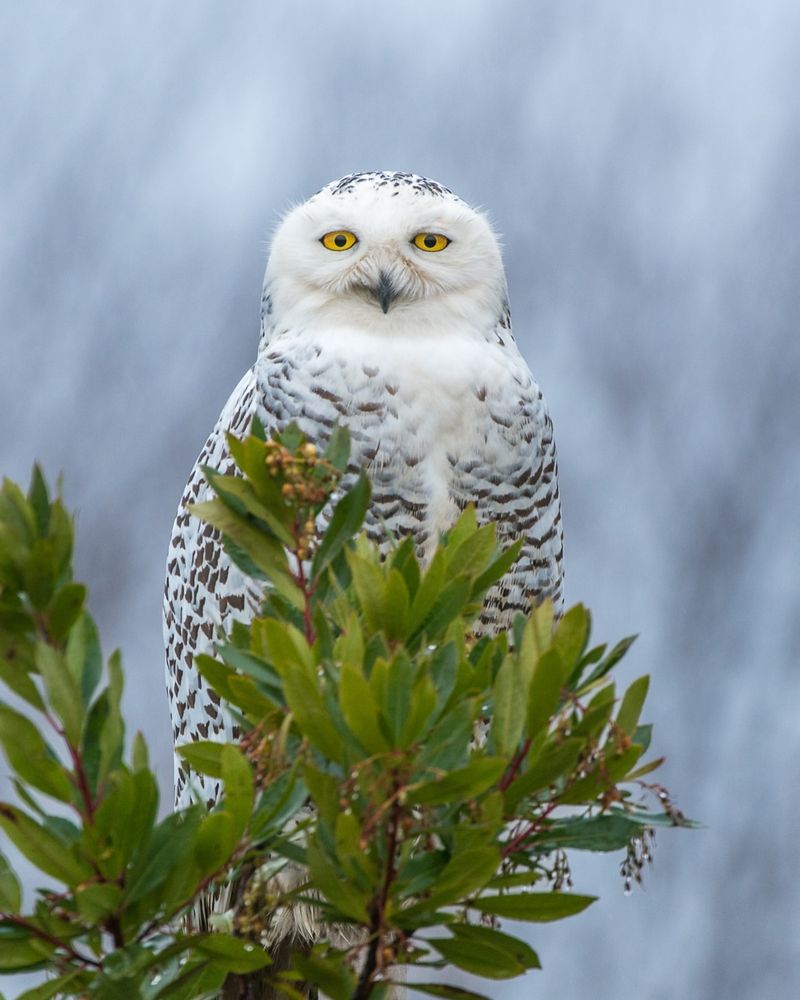📖 Table of Content:
Birds are often admired for their beauty and grace, but some species reveal a more dangerous side. These powerful avian predators and defenders command respect, equipped with remarkable tools for survival. Their strength, speed, and unique adaptations make them formidable creatures in the wild, capable of leaving a lasting impression on those who encounter them.
From sharp talons that can pierce prey to beaks designed for tearing flesh, these birds are built for dominance in their habitats. Some even employ surprising methods, like venom or sheer force, to defend themselves or secure their next meal. Their abilities showcase the raw power and precision that nature has instilled in them.
Explore the world of these dangerous birds, each a testament to the balance of beauty and ferocity in the animal kingdom. Their presence reminds us of the untamed power of wildlife and the importance of understanding and respecting the creatures we share the planet with.
1. African Ostrich
Renowned as the world’s largest bird, the African ostrich boasts incredible speed and strength. Found across the African savannas, it reaches sprinting speeds of up to 45 miles per hour and uses its powerful legs to deliver bone-crushing kicks when faced with threats.
While generally shy, ostriches can become aggressive, especially during the breeding season. Their sharp claws are capable of inflicting severe injuries. Caution is advised when observing these birds in the wild. Experts recommend keeping a respectful distance to avoid provoking these impressive yet potentially dangerous creatures.
2. Harpy Eagle
The harpy eagle, residing in the Amazon rainforest, is a formidable predator. With a wingspan reaching over seven feet, it is one of the largest and most powerful eagles. Its talons are comparable in size to a grizzly bear’s claws, designed for hunting large prey.
This raptor’s impressive strength allows it to snatch monkeys and sloths from trees. While attacks on humans are rare, the harpy eagle is fiercely protective of its nest. Visitors to its habitat should remain vigilant and respectful. Admire from afar to avoid disturbing this magnificent bird of prey.
3. Southern Cassowary
Native to the dense rainforests of Australia and New Guinea, the Southern cassowary is considered one of the most dangerous birds on the planet. Standing up to six feet tall, this flightless bird showcases striking blue and black plumage. Its powerful legs, armed with razor-sharp claws, are capable of delivering lethal kicks, making it a formidable presence in its environment.
Despite its beauty, it is known for its aggressive nature when threatened. Observers should maintain a safe distance, as this bird is unpredictable. Its territorial behavior makes it particularly dangerous to humans and other animals. Experts advise avoiding eye contact and backing away slowly if encountered.
4. Great Horned Owl
Renowned for its iconic tufts and piercing gaze, the great horned owl is a formidable predator across the Americas. Armed with powerful talons, it hunts a wide range of prey, from mammals to other birds. Its ability to fly silently ensures it can ambush targets with deadly precision, making it a master of the night.
While attacks on humans are infrequent, this owl will defend its territory aggressively during nesting season. It’s essential to be cautious if you encounter one in the wild. To minimize risk, nature enthusiasts should avoid approaching nests and respect this owl’s space, especially at night.
5. Barred Owl
With its soulful eyes and distinctive barred plumage, the barred owl is a striking inhabitant of North American forests. Known for its haunting calls, this nocturnal predator is a master of stealth, skillfully hunting small mammals and birds under the cover of darkness.
This owl can become aggressive if it feels threatened, particularly during nesting periods. While not as large as some of its relatives, it possesses sharp talons capable of delivering painful injuries. For safety, it is advisable to listen to its calls and keep a respectful distance during hiking excursions in its territory.
6. Pitohui
Native to New Guinea, the pitohui stands out as one of the few known poisonous birds. Its vivid orange and black plumage serves as a natural warning, signaling the presence of potent neurotoxins in its skin and feathers—an effective adaptation to deter predators.
Handling this bird can cause numbness and irritation in humans. It’s crucial for bird watchers to admire this unique creature from a distance. Despite its toxicity, the pitohui plays a vital role in its ecosystem.
To enjoy the sight of this bird safely, one should observe without making physical contact or disturbing its habitat.
7. Lammergeier
The lammergeier, or bearded vulture, is a unique bird of prey found in mountainous regions. Known for its distinctive appearance, it has a wingspan exceeding nine feet. Its feeding habits are equally unusual, as it primarily eats bones.
Its method involves dropping large bones from heights to crack them open, posing potential danger if humans are beneath. While not aggressive towards people, caution is advised in areas where they nest or hunt. To avoid accidents, hikers in vulture territories should remain aware of overflying birds and avoid areas where bones may be dropped.
8. Red-tailed Hawk
A familiar raptor across North America, the red-tailed hawk is renowned for its keen eyesight and graceful soaring flight. It hunts small mammals and birds with precision, using its sharp talons and beak. Easily recognizable, its striking red tail feathers set it apart in the skies.
While generally not a threat to humans, it can become aggressive if its nest is approached. Bird watchers should be cautious during breeding seasons to avoid provoking its defensive behavior. For a safe bird-watching experience, it’s best to observe these hawks from a distance, respecting their need for space and privacy.
9. Emu
Australia’s native flightless bird, the emu is second only to the ostrich in size. It roams the outback in search of seeds and insects. Despite its docile appearance, it can deliver powerful kicks if threatened.
With legs built for speed, an emu can outrun many potential predators. While generally calm, it becomes defensive when cornered. Emus are curious creatures, often approaching humans, which can lead to misunderstandings.
To ensure safety, it’s recommended to observe these birds from afar, allowing them space to roam freely without feeling cornered or threatened.
10. Snowy Owl
Iconic for its striking white plumage, the snowy owl inhabits the Arctic tundra. A formidable hunter, it preys on lemmings and other small mammals adapted to survive harsh climates. Its powerful wings enable silent flight.
During the breeding season, the snowy owl becomes fiercely protective of its nest, attacking intruders with precision. While attacks on humans are rare, caution is essential in their territory.
For those exploring the Arctic, it’s wise to watch these majestic birds from a distance, respecting their natural environment and ensuring a safe encounter.
